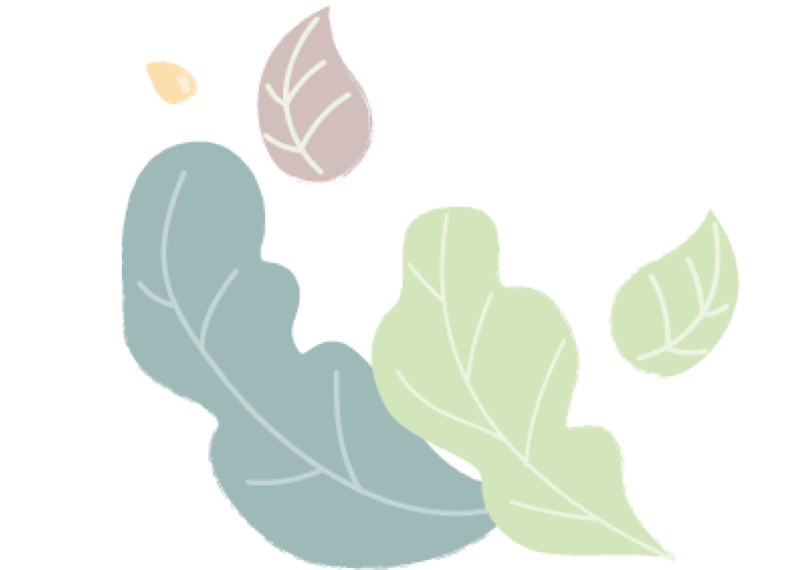By Koncha Pinós – Neuroaesthetics researcher and founder of The Wellbeing Planet
This article explores how nature-inspired art, through the Biofilia y Arte project with artist Duván López, activates epistemic emotions that awaken curiosity, memory, and deep knowledge. It presents scientific evidence on the cognitive and emotional impact of biofilic art, especially among people who have never seen a rainforest. It also announces the launch of the book Biofilia and Art and a large-scale immersive installation for 50,000 visitors at Biocultura Barcelona.
What if a painting could awaken knowledge that lies dormant in the body? What if aesthetic experiences rooted in nature were not merely beautiful, but also cognitively transformative? These questions are at the heart of Biofilia y Arte: Jungles and Forest, an international exhibition I have co-created with Colombian artist Duván López, now traveling through 12 countries.
The exhibition brings the rainforest into the heart of cities—into galleries, museums, and spaces where many visitors have never seen or touched the wild. And yet, they respond as if something ancient is being reactivated inside them.
Art that Doesn’t Represent the Forest—It Reproduces It in Us
In its first two iterations, in the United Arab Emirates and Spain, the exhibition was visited by thousands. We observed something extraordinary: people entering a state of contemplative stillness, or spontaneous verbal outpourings of memory and emotion. One participant said:
“I’ve never been in a jungle, but now I feel like I’ve lost one.”
That statement reveals something deeper than a poetic response. It reflects what we call in psychology epistemic emotions—feelings that arise in the process of knowing: curiosity, insight, wonder, and awe, but also confusion and longing. These are not secondary effects. They are cognitive activators.
The rainforest, as recreated by Duván’s brushstrokes, becomes not just an object of aesthetic pleasure, but an epistemic agent: it generates new cognitive and affective configurations in the viewer. The forest is felt—and thus known—in ways that bypass verbal reasoning, entering through the senses, the breath, the pulse.
Contemporary neuroscience tells us that aesthetic pleasure is not separate from the search for meaning. The brain rewards us for solving puzzles, for making sense of ambiguous patterns, for finding coherence in complexity. This is especially true when beauty is infused with a sense of the unknown.
In our project, we measure more than just reactions—we track how people’s attention shifts, how their microexpressions reveal subtle changes in emotional valence, how their speech alters in tone and rhythm when describing the experience. Preliminary findings indicate that viewing the rainforest paintings activates neural systems associated with both rewardand exploration—the same systems triggered by learning, insight, and emotional transformation.
This aligns with theories of predictive processing and processing fluency, but also with ancient intuitions: that beauty has the power to reveal truth, not just please the senses.
The Role of Biofilia in Knowledge and Healing
Biofilia is more than a poetic term. It describes our innate biological affinity for life and living systems—a connection that modernity has progressively severed. In our study, we find that art inspired by nature can re-ignite this connection and make visible what was once invisible.
Visitors who had never been in contact with the rainforest reported profound emotional responses:
These responses are not sentimental—they are epistemic impulses: desires to explore, to remember, to integrate. And this is precisely where the arts and the sciences must converge—on the terrain where emotion becomes a vector of knowledge.
Reclaiming the Forest Within
Our society is flooded with information, but starved of meaning. In such a context, the role of art—especially biofilic art—is not only to show, but to initiate. The forest, in this sense, becomes both subject and teacher.
As the exhibition travels to Latin America, Asia and Europe, we continue collecting data and testimonies, weaving together the poetic and the empirical, the visual and the cognitive. We do not ask only what people see, but what changes in them after the encounter.
Many tell us they now seek to visit real forests, to protect endangered lands, to teach their children differently. And above all, they speak of a sensation that is hard to describe, but unmistakable:
“It’s as if I remembered something I had forgotten I ever knew.”
Toward an Epistemology of Beauty
We are at a turning point in how we understand cognition. For decades, knowledge has been associated with logic, abstraction, and disembodied processes. But we now know that embodied, affective, and sensory experiences play a central role in how we construct reality.
Biofilic art—rooted in natural forms, living memory, and aesthetic intentionality—offers a portal into this new paradigm. It activates epistemic emotions, not as side effects, but as pathways to wisdom.
In a time of climate anxiety, ecological grief, and digital overload, we need more than data—we need experiences that touch the soul and awaken the mind.
Art, when rooted in nature, becomes such an experience. Not entertainment, but initiation. Not escape, but return.
Final Reflection
In Biofilia y Arte, the rainforest is not an image. It is a mirror. It reflects back to us our capacity to feel, to know, and to belong. And in that reflection, we are reminded that beauty is not passive—it is transformative.
We are not just viewers of the forest.
We are part of it.
And through art, we begin to remember.
These past eight years have led me to deeply reflect on the clear correlation between prescribing nature and prescribing art as fundamental keys to human wellbeing. This insight—emerging from contemplative practice, empirical evidence, and applied neuroaesthetics—is now articulated in my forthcoming book, Biofilia and Art, which will be launched in Barcelona on May 28 at Biocultura 2025.
There, we will also present a large-scale biofilic cube installation, designed to be experienced by over 50,000 visitors. The installation offers a multisensory immersion into living aesthetics, aiming to reconnect individuals with the emotional and cognitive dimensions of nature through art.
This work is supported by a scientific paper, already peer-reviewed, outlining the neurological, emotional, and attentional effects of biofilic art on diverse populations.
I warmly invite researchers, educators, curators, and clinicians to collaborate, debate, and expand this field of inquiry. Together, we can explore how beauty becomes knowledge, and how art becomes a medicine for the ecological mind.
See you at
Read more about the book
Study whit us
#biofiliayarte #konchapinos65 #arteysimbolismo #psicoterapiacontemplativa #ecopsicologia #duvanlópez


